The attacks on 9/11 were collectively the deadliest terrorist attack in history. For New York City, it was also the deadliest disaster in history (discounting pandemics like coronavirus, Spanish Flu, AIDS and cholera epidemics). The emergency phone number, 911, was flooded during 9/11 and on the 20th anniversary of the World Trade Center attacks, we take a look at when 911 was started in New York and in the United States. In fact, one of the early incidents that is said to have pushed forward the concept of a centralized emergency number took place in New York City: the horrific murder of Kitty Genovese. In reality, the history goes back much further.
Back in the Victorian era before telephones were invented, fire and police call boxes were installed on the streets of New York City — an urban ephemera that still exists today in more modern forms. Before 1968, there was no centralized or unified emergency phone number in the United States, but a call for one had been growing for the last decades.
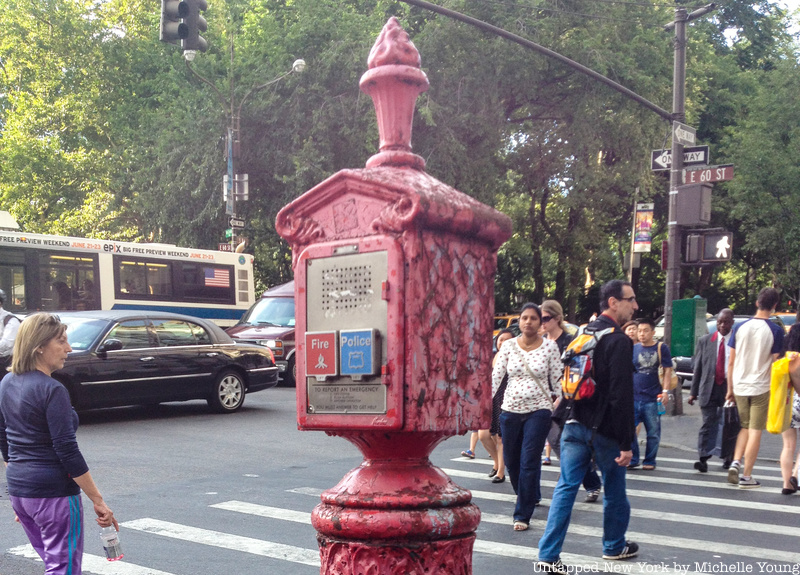
Even as far back as 1921, The Telephone Review was pointing out the unsung service phones were providing for emergencies, noting that Bellevue Hospital in New York City was receiving 2,500 calls daily — holding “the record for the largest number of telephone calls to any public institution in the country..”
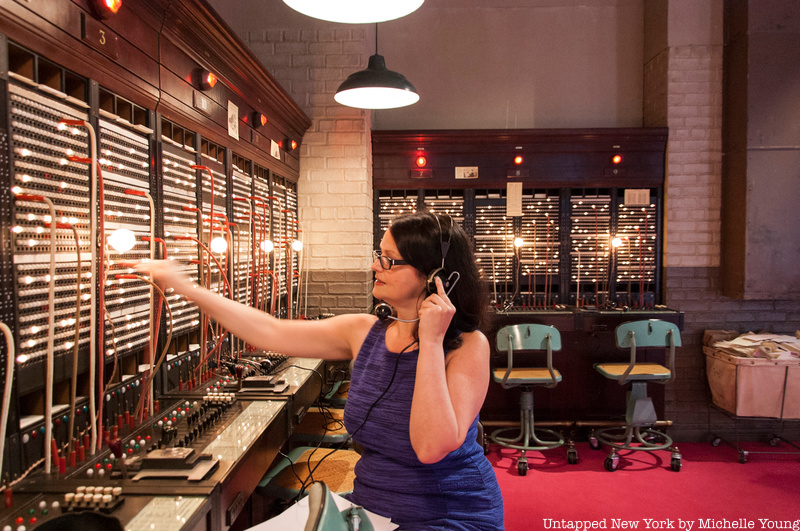
When a call came in, it would first go to the Madison Square Central Office, where one of the operators on call (4 during the day, and 2 at night) would dispatch the call to the local police headquarters, which had a private, dedicated line to hospitals that had ambulance service. “In a few minutes,” the article reports, “an ambulance with a doctor in attendance announces its arrival at the scene of the accident by a clanging bell and the injured man is whisked in short order to expert physicians and surgeons. It is the telephone behind the scenes which has given the man a chance to live.”
Later, the numbers people could call for emergencies around the country were generally 10 digit numbers that could reach police, fire, or emergency services. These numbers would vary by municipality and be inevitably hard to remember off-hand, especially in a time of crisis.
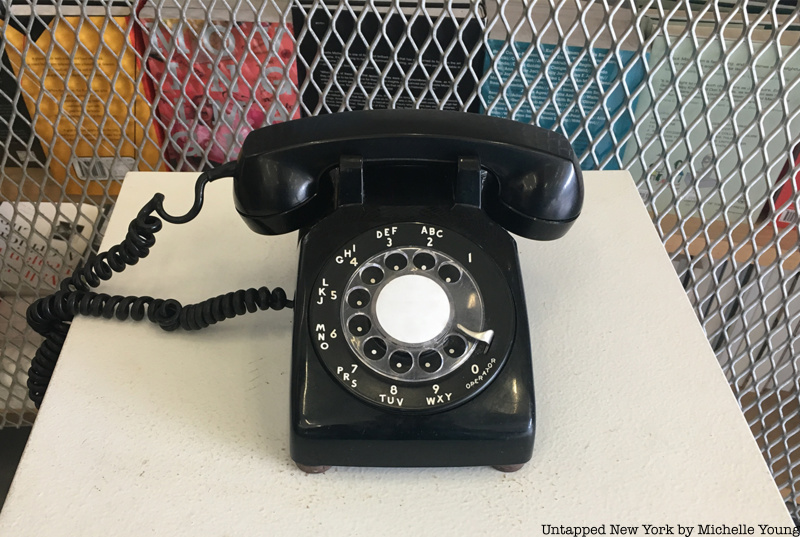
In some cases, people could dial 0 and be connected from there to a local police or fire station. Rotary telephones often had the word OPERATOR under the 0. However, a 1958 Letter to the Editor of the New York Times highlighted the difficulty that could arise once 0 was dialed. A Rosamund Reinhard, who urged for a “national emergency telephone number be agreed upon,” recounted that she tried to dial 0 for Operator in New York City when a fire broke out in the apartment unit next to hers. There was no answer, and no ringing at all. She assumed the line was dead when the same thing happened on a second try, but just before she was about to hang up, the line began to ring. Once she was able to reach the fire department, “everything went very quickly,” she reported. She suggested a national, easy-to-recognize number like 999 as used in England, which was put into use in 1937 and was part of the the air raid training she received in London during World War II.
The murder of Kitty Genovese took place in Kew Gardens, Queens in March 1964. It is a crime that has entered psychology and history textbooks for leading to the “bystander effect” concept, the idea that people fail to act when in crowds. The common recounting of the story is that nobody called the police. However, there were reports of police calls by neighbors who witnessed the event or were nearby. The website 911 Dispatch has argued that the connection between the creation of 9-1-1 and the Kitty Genovese murder is a myth:
[T]here is no mention of the Genovese murder in the documents on the development of 911 or the President’s Commission on Crime. There is also no documented connection between the murder and the need for a 3-digit number. Instead, the incident highlighted the need for a central comm center, instead of citizens calling the nearest precinct and talking to the desk sergeant. Our conclusion–no direct connection between the murder and the eventual implementation of 911.
Still, in New York City, the Kitty Genovese event may been an impetus for a city-wide emergency number. Starting in November 1964, residents could now call a new number, 440-1234 in emergencies. It was implemented by then-Police Commissioner Michael J. Murphy, who was in his position during the Kitty Genovese murder. A New York Times article in March 1965, just a few months later, reported the public was already forgetting the phone number and that “more than 2,300 urgent calls for police or ambulances are being delayed every day.” Interviewed for the article, Police Commissioner Murphy stated that only 45% of all the roughly 4,500 emergency calls a day were going to the 440-1234 number. A publicity effort was underway to put the phone number in phone books and on telephone bills. Murphy implored, “440-1234 can save precious seconds and precious lives. It brings the caller’s voice directly into the police communications center where the information is transmitted by radio to the nearest patrol car or ambulance.”
In 1967, the President’s Commission on Law Enforcement and Administration of Justice, under Lyndon B. Johnson, recommended that a single number be created for emergencies. By November 1967, the Federal Communications Commission (FCC) had sprung into action, meeting with the American Telephone and Telegraph Company (AT&T) to see if a universal emergency number could be created. In 1968, 9-1-1 was announced as the emergency code across all of the United States. Bell Systems would “absorb the cost of central office modifications and any additions necessary to accommodate the 9-1-1 code as part of the general rate base.”
Why 911? According to The 9-1-1 Association,
The code 9-1-1 was chosen because it best fit the needs of all parties involved. First, and most important, it met public requirements because it is brief, easily remembered, and can be dialed quickly. Second, because it is a unique number, never having been authorized as an office code, area code, or service code, it best met the long range numbering plans and switching configurations of the telephone industry
In conjunction, Congress passed legislation reserving 911 to be used only as the emergency telephone number. The first telephone call using 911 was made by Alabama Senator Rankin Fite on February 19, 1968 from Haleyville, Alabama, which was answered by U.S. Representative Tom Bevill of Alabama.
The rollout of 911 did not happen nationwide overnight however, and in fact took several decades. Local governments had to be encouraged to adopt the system and many large cities were strongly against it, with police officials fearing that the system would be overloaded if all emergencies were bundled together.
New York City was the first city to implement the 911 call system in July of 1968, but limited it to police use. 911 would replace 440-1234, 0 for operator was still in use for fire emergencies.The New York Telephone Company had agreed to expedite the installation of the system, as the national Bell system would take a few more years. The New York Times reported that the 911 system “would be tied in with the city’s computerized Sprint communications system to expedite fire and police calls from voice boxes—14,000 of them—in the streets.
Initial response from the New York Police Department was mixed, which cited an abundance of calls and not enough staff. The New York Times reported in November 1969 that “During the first nine months of 1969, the public dialed the emergency number 4,884,750 times, an average of 17,000 times per day. This is an 17% increase over the previous period in 1968.” An inspector Bouza who worked at the Police Headquarters at 240 Centre Street told the New York Times that “it seems to me a Police Department has to think about serving its own people rather than its own convenience.”
The New York Police Department was urging callers to keep calls “brief, explicit and calm” and to call the precinct’s “local administrative numbers” for non emergencies. Yet, by by March 1970The New York Times was reporting that the 911 system “won high praise from the police in New York City.” This turnaround appears to be after kinks in the Sprint system were worked out and new improvements to immediately dispatch fire calls to the FDNY were implemented.
The White House issued a national policy statement in March 1973 which, according to the The 9-1-1- Association, “recognized the benefits of 9-1-1, encouraged the nationwide adoption of 9-1-1, and provided for the establishment of a Federal Information Center to assist units of government in planning and implementation.” Local legislation had to be passed to establish the financing of 911. One of the first was in California in 1973, the Warren-911-Emergency Assistance Act, which set a blueprint for other municipalities. The act levied a tax on phone bills to pay for 911 service.
Still, by the start of 1977 only 17% of the population in the United States had access to 911. That figure grew to 26% by 1979 when nine states enacted legislation about 911. Even by 1987, only 50% of the population nationwide had 911 service but by the close of the 20th century, 93% had access. Even today, a small percentage of (about 4%) does not have access.
Cell phones posed a new challenge for the 911 system, since a caller’s location had to be identified in order to dispatch the call properly. The first phase of what is known as “Enhanced 911” required the call towers used by 911 callers to be identified within six minutes of the call. The second phase of the geolocation, enabled by 2012, required 911 calls to be located by latitude and longitude. Geolocation has improved so drastically since then that the technology has outpaced regulation at this point.
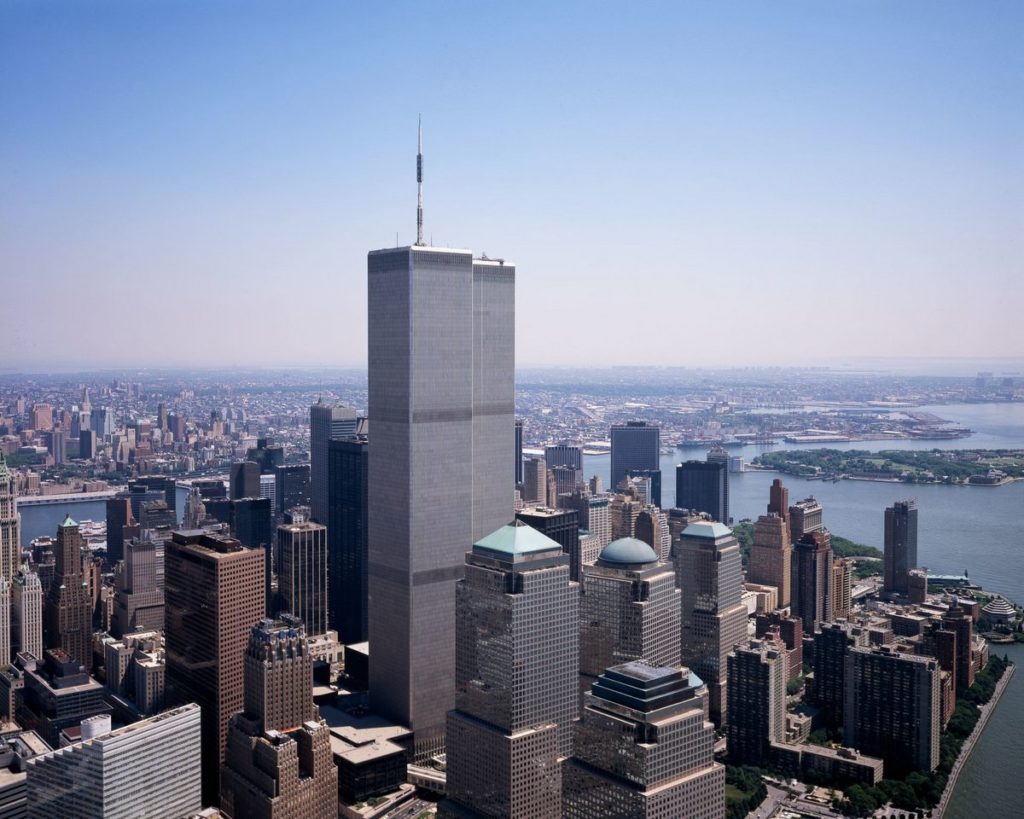
During the World Trade Center attacks, according to The 9/11 Commission report, the 911 system was overwhelmed with “the volume of calls and rigid standard operating procedures according to which calls conveying crucial information had to wait to be transferred to either EMS or FDNY dispatch.
From the Twin Towers themselves, calls were coming into 911 predominantly from above the floors where the planes had hit. According to the The 9/11 Commission report, “The 911 system remained plagued by the operators’ lack of awareness of what was occurring. Just as in the North Tower, callers from below and above the impact zone were advised to remain where they were and wait for help. The operators were not given any information about the inability to conduct rooftop rescues and therefore could not advise callers that they had been essentially ruled out. This lack of information, combined with the general advice to remain where they were, may have caused civilians above the impact not to attempt to descend, although Stairwell A may have been passable.” The last known 911 call from the North Tower would come in at 9:52 AM.
An additional situation that took place on 9/11 was that the city’s Office of Emergency Management (OEM), which coordinates the city’s emergency response, was located on the 23rd floor of 7 World Trade Center and was destroyed in the attacks. It had been moved there in 1998 under a directive from then-Mayor Rudolph Giuliani, who was later criticized for authorizing this move. From leaked memos, it appears he overruled a recommendation to locate the center in Brooklyn. Years later, OEM is now in Brooklyn’s Cadman Plaza.
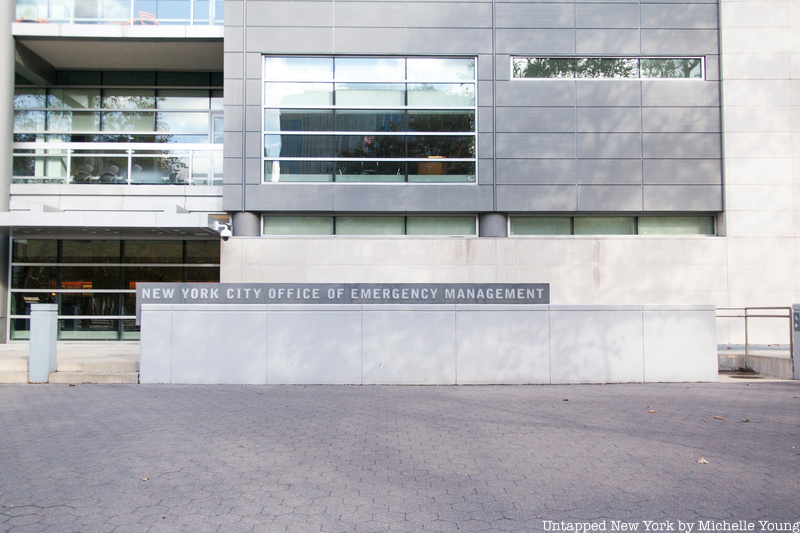
In 2012, New York City performed an overhaul of its 911 system, to the tune of $2 billion. The overhaul was driven by a desire to correct issues in the city’s emergency response that came to light from the World Trade Center attacks and the 2003 blackout. According to the website Government Technology, “For the first time in New York City’s history, officials said, the 911 emergency call takers from the NYC police and fire departments and the Emergency Medical Dispatch services are now all located on the same floor of the Public Safety Answering Center in Brooklyn and are operating on the same technology.” Upgrades were also made within the communication systems of various departments — fire, police, and emergency — to improve communication between them.
The Public Safety Answering Center (PSAC) is located at 11 Metrotech in Downtown Brooklyn. When it opened, it was said to be able to handle “50,000 calls per hour — more than nine times the peak hourly call volume that took place on 9/11 and more than 40 times than the average daily call volume.” A second, more technologically advanced PSAC center was opened in the Bronx in 2016 as a backup call center, which was built to be completely self-sufficient for up to three days using generators. It can even handle the call volumes for both the Brooklyn and Bronx PSACs combined. The curiously tall silver building, designed by architecture firm Skidmore, Owings, & Merill, can be seen along the Hutchinson River Parkway and Pelham Bay Parkway.
Today, using the city’s Open Data Portal you can get reports on 911 emergency call response times, required based on a legislation called the Ariel Russo Emergency 9-1-1 Response Time Reporting Act. Four year old Ariel Russo was run over on the way to school. There was no technical issue on the day of the 911 call, but there was a four minute delay in the ambulance dispatch due to human error. City Council passed a bill to expand reporting of response times to agencies beyond the FDNY and include “all categories of medical emergencies, and require more detailed reporting on response times to serious medical emergencies and fires.” Then-mayor Michael Bloomberg signed the bill into law in 2013.
More than a century after the development of methods to contact local police and fire departments for emergency, 911 is a nationally recognized phone number for emergency calls. New York City, whether part of the national 911 rollout, or on its own, has been at the forefront of the evolution since the very beginning.



0 Comments